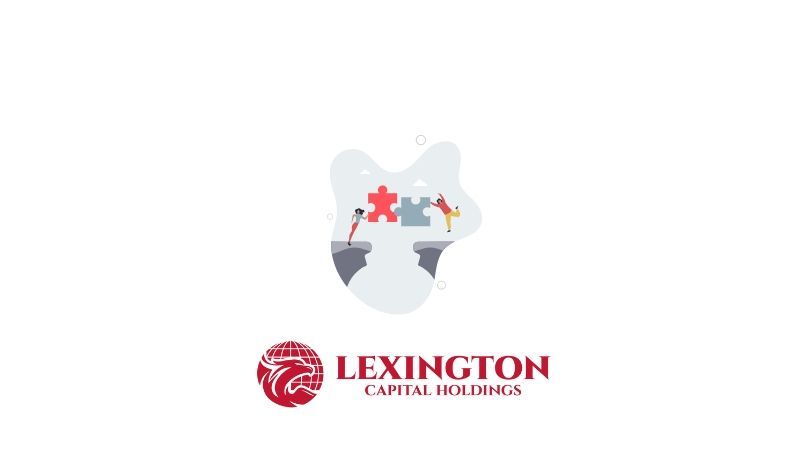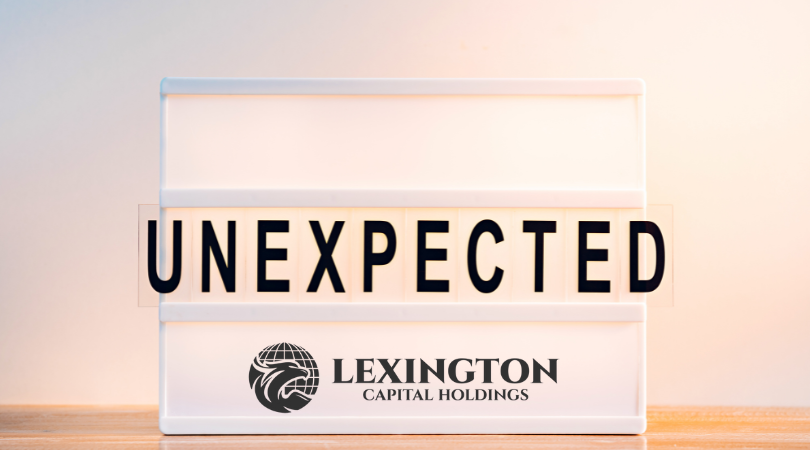Experian Credit and Apple Pay Join Forces: A New Era of Financial Convenience
Experian Credit and Apple Pay Join Forces: A New Era of Financial Convenience
In an exciting development for consumers and businesses alike, Experian, a global leader in consumer and business credit reporting, has joined forces with Apple Pay, Apple's mobile payment and digital wallet service. This partnership marks a significant milestone in the evolution of digital finance, offering a blend of convenience, security, and innovative credit management that could redefine the way we think about transactions.
A Seamless Integration
The collaboration between Experian and Apple Pay is designed to streamline the financial experiences of users by integrating Experian's credit reporting capabilities directly with Apple Pay's seamless transaction process. This means that not only can consumers make purchases easily and securely using their mobile devices, but they can also stay informed about their credit status and how their spending behaviors impact their credit scores.
The Benefits of Joining Forces
Enhanced Security: Apple Pay is renowned for its advanced security features, including encryption and biometric authentication, which protect users' financial information. Experian's involvement adds an extra layer of security, monitoring credit activity and alerting users to any potential fraud or identity theft.
Improved Credit Awareness: With direct access to Experian's credit monitoring tools through Apple Pay, users can receive real-time updates on their credit scores and reports. This instant feedback allows for more informed financial decisions, promoting better credit health and awareness.
Convenience and Accessibility: The integration of Experian with Apple Pay eliminates the need for physical credit cards and cumbersome login processes to check credit information. Users can now enjoy the ease of managing their finances and monitoring their credit directly from their smartphones.
Tailored Financial Services: This partnership paves the way for personalized financial advice and offers based on the user's credit profile and transaction history. It could transform how consumers access and choose financial products, ensuring they are more suited to their individual needs.
Looking Ahead
The Experian and Apple Pay partnership is more than just a technical integration; it's a step towards a more interconnected and user-friendly financial ecosystem. By combining the strengths of both entities, this collaboration promises to enhance the financial well-being of consumers, providing tools and resources that empower them to make better financial decisions.
As we move forward, the implications of this partnership for the finance industry could be profound, setting a new standard for how financial services and technology can work together to improve consumer experiences. It's a testament to the potential of collaborations in driving innovation, security, and convenience in the digital age.
In conclusion, the union of Experian and Apple Pay is a groundbreaking move that is likely to spark further innovations in the financial technology space. It not only exemplifies the power of collaboration but also highlights a shared commitment to enhancing the financial health and security of consumers worldwide. As this partnership unfolds, it will be interesting to see how it shapes the future of digital transactions and credit management.

When you apply for business funding, your application goes through a critical stage—underwriting. This is where lenders evaluate risk and determine whether your business qualifies for financing, and under what terms. Understanding what underwriters look for can help you strengthen your application, avoid delays, and increase your approval odds.

Not every business enjoys a steady stream of income. For many companies—especially those in seasonal industries, contracting, or project-based work—revenue can shift dramatically from month to month. These ups and downs are normal, but they can make managing cash flow, payroll, and operating expenses challenging. At Lexington Capital Holdings, we understand that fluctuating revenue doesn’t mean instability—it just means you need the right financial tools to stay balanced and grow confidently.

The Challenge of Hyper-Growth For many startups, growth isn’t the problem—it’s managing it. Rapid scaling demands capital for hiring, marketing, technology, and operations. But too often, founders find themselves cash-strapped right when they need resources the most. Choosing the right financing strategy can be the difference between sustainable growth and burning out too soon.

When it comes to business financing, the terms you secure are just as important as the funding itself. Lower interest rates, flexible repayment schedules, and higher approval amounts can mean the difference between simply surviving and setting your business up to thrive. The good news? Business owners often have more negotiating power than they realize. At Lexington Capital Holdings, we’ve seen firsthand how preparation and strategy can help secure stronger terms. Here’s how you can do the same:

For many businesses, waiting on customer payments can feel like standing still when you’re ready to move forward. Delayed invoices, extended payment terms, or slow collections create cash flow gaps that make it harder to cover expenses, pay employees, or seize new opportunities. The truth is—even successful, profitable companies face this challenge. The key isn’t avoiding it, but managing it strategically with the right funding solutions

Securing business funding is a milestone—but the real impact comes from how you put that capital to work. Every dollar borrowed should fuel momentum, strengthen operations, and generate measurable returns. Unfortunately, too many businesses stop at “getting approved” and miss the chance to maximize their return on investment (ROI). At Lexington Capital Holdings, we believe funding isn’t just about access to capital—it’s about creating opportunity. Here’s how to ensure your financing delivers the highest ROI:

In today’s fast-paced business environment, standing out from the competition requires more than just great products and services—it takes strategy, timing, and smart financial decisions. One of the most overlooked tools in building and maintaining a competitive advantage is business financing. When leveraged correctly, financing doesn’t just help you “get by”; it can actually position your business to outpace competitors and capture new opportunities.

In business, surprises aren’t a matter of if—they’re a matter of when. Whether it’s a sudden equipment breakdown, an unexpected dip in sales, or a market shift that requires quick adaptation, unforeseen expenses can test even the most successful companies. The difference between thriving and struggling often comes down to how well you’ve prepared.

When most business owners hear the word debt, it sparks feelings of stress or risk. But here’s the truth—debt isn’t always a bad thing. In fact, when managed strategically, debt can become one of the most powerful tools to grow, stabilize, and scale your business. At Lexington Capital Holdings, we work with business owners every day who are navigating this very question: Is taking on debt the right move for me? Let’s break down the difference between “good” and “bad” debt so you can make informed financial decisions.

In today’s business world, financing options are everywhere—but choosing the right path can feel overwhelming. From traditional bank loans to alternative lending solutions, the fine print and fast-changing requirements often leave business owners spending more time deciphering funding terms than actually running their businesses. That’s where the value of a dedicated funding advisor truly shines. At Lexington Capital Holdings, we’ve seen firsthand how personalized guidance can transform the funding experience for business owners of all sizes.

